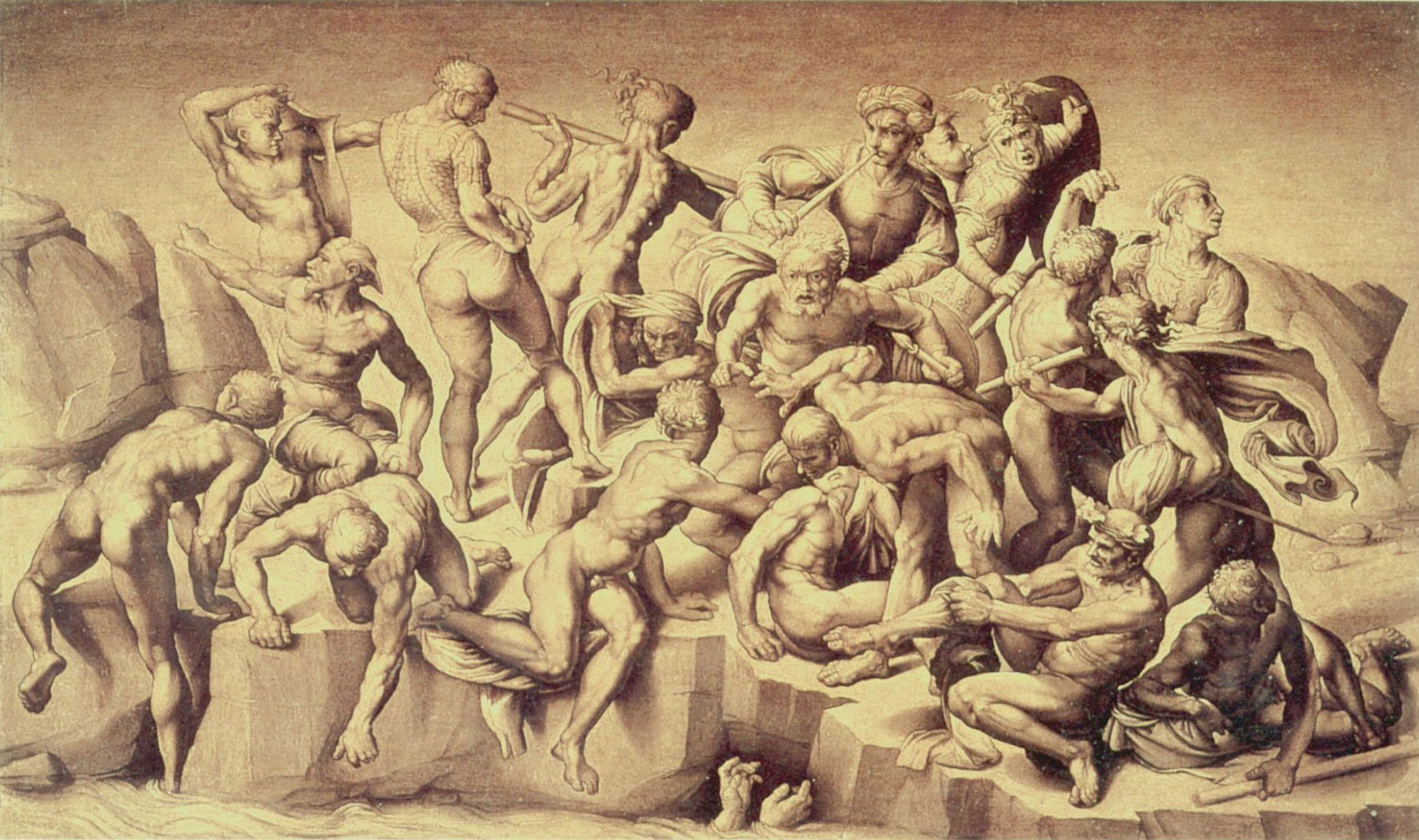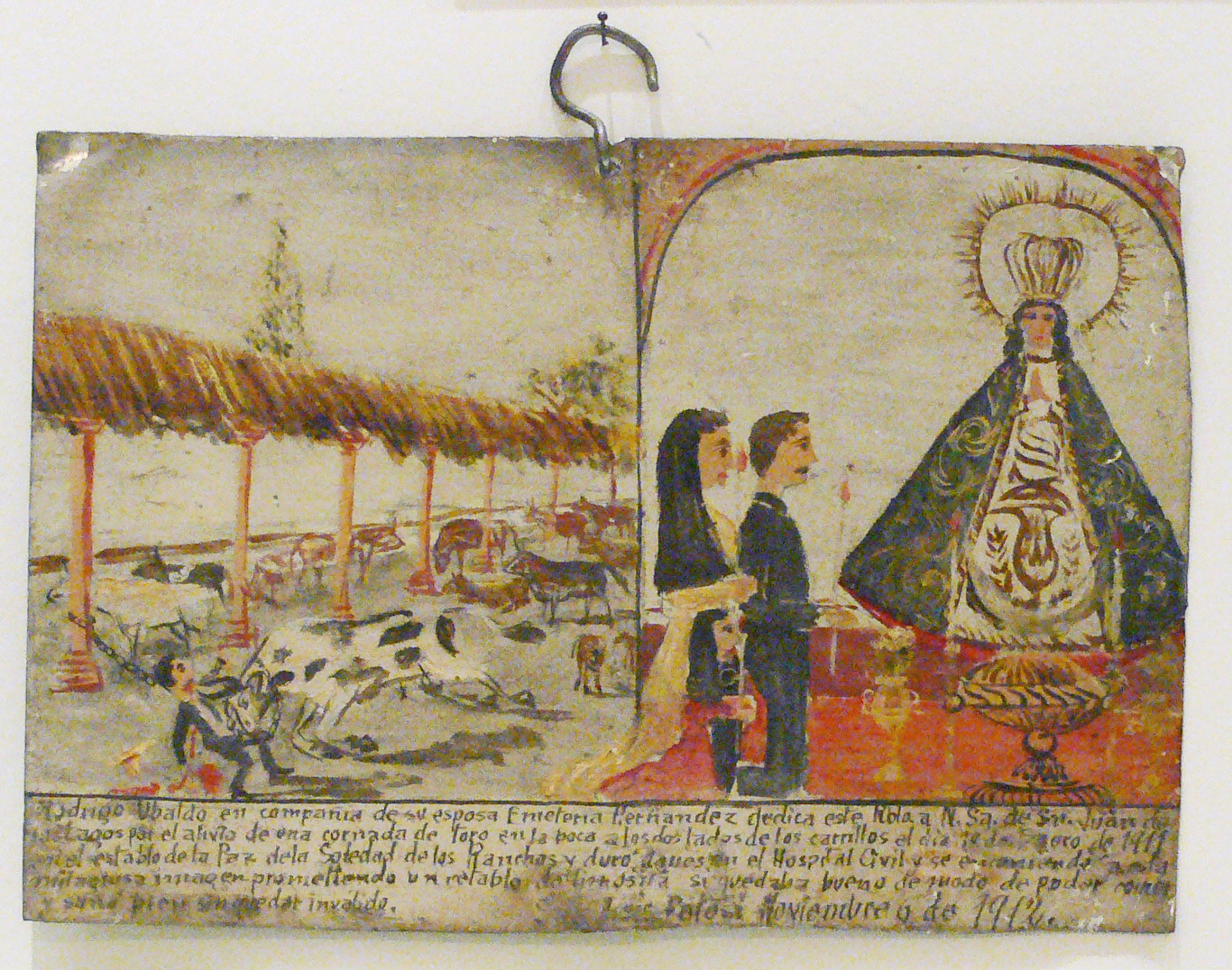|
Santa Casa Museum Of Póvoa De Varzim
Santa Casa Museum of Póvoa de Varzim (Portuguese: ''Museu da Santa Casa da Misericórdia da Póvoa de Varzim'' or simply ''Museu da Santa Casa'' or ''Museu da Misericórdia'') is a museum with a religious theme located in Póvoa de Varzim, Portugal. The museum is located in Santa Casa da Misericórdia complex in Largo das Dores. The museum's collection includes ''Pietà'', a 16th-century Mannerist oil painting from the School of Luis de Morales, c. 1520–1586, Spain, with Italian and Flemish influences, the Ex-voto ''Senhor da Prisão'' (1817 painting from the ancient church of Misericórdia, the early main church of Póvoa de Varzim) and an icon of Saint Anthony of Padua or Lisbon (16th or 17th century), distinct from the common iconography. The icon of Saint Anthony of the museum is considered more accurate as it follows the description of a chronicler from Padua Padua ( ) is a city and ''comune'' (municipality) in Veneto, northern Italy, and the capital of the provin ... [...More Info...] [...Related Items...] OR: [Wikipedia] [Google] [Baidu] |
Póvoa De Varzim
Póvoa de Varzim () is a Portugal, Portuguese city in Norte Region, Portugal, Northern Portugal and sub-region of Greater Porto, from its city centre. It sits in a sandy coastal plain, a cuspate foreland, halfway between the Minho River, Minho and Douro rivers. In 2001, there were 63,470 inhabitants, with 42,396 living in the city proper. The city expanded southwards, to Vila do Conde, and there are about 100,000 inhabitants in the urban area alone. It is the seventh-largest urban agglomeration in Portugal and the third largest in Northern Portugal. Permanent settlement in Póvoa de Varzim dates back to around four to six thousand years ago. Around 900 BC, unrest in the region led to the establishment of Cividade de Terroso, a fortified city, which developed maritime trade routes with the civilizations of classical antiquity. Modern Póvoa de Varzim emerged after the conquest by the Roman Republic of the city by 138 BC; fishing and fish processing units soon developed, which bec ... [...More Info...] [...Related Items...] OR: [Wikipedia] [Google] [Baidu] |
Portugal
Portugal, officially the Portuguese Republic, is a country on the Iberian Peninsula in Southwestern Europe. Featuring Cabo da Roca, the westernmost point in continental Europe, Portugal borders Spain to its north and east, with which it shares Portugal-Spain border, the longest uninterrupted border in the European Union; to the south and the west is the North Atlantic Ocean; and to the west and southwest lie the Macaronesia, Macaronesian archipelagos of the Azores and Madeira, which are the two Autonomous Regions of Portugal, autonomous regions of Portugal. Lisbon is the Capital city, capital and List of largest cities in Portugal, largest city, followed by Porto, which is the only other Metropolitan areas in Portugal, metropolitan area. The western Iberian Peninsula has been continuously inhabited since Prehistoric Iberia, prehistoric times, with the earliest signs of Human settlement, settlement dating to 5500 BC. Celts, Celtic and List of the Pre-Roman peoples of the Iberia ... [...More Info...] [...Related Items...] OR: [Wikipedia] [Google] [Baidu] |
Largo Das Dores
Largo das Dores Square. Senhora das Dores Church. Dores Square plate. Largo das Dores or Dores Square is a square in Póvoa de Varzim city center in Portugal. Part of the earliest old town (''Vila Velha'') of Póvoa de Varzim, this area is listed by City Hall as heritage site. With about 11.000 square meters, its most noticeable features are its two churches, located in the sites of ancient chapels, one of which was the main church of the city. History Roman and Medieval Knights Varzim Dores Square occupies an area, during some periods known as ''Lugar da Mata'', located in ''Vila Velha'' - the old town of Varzim. Vila Velha shows traces of having been inhabited since the Roman age, probably dating to the reign of Caesar Augustus; it was probably the original site of the city's first ''Villa Euracini'' (Roman villa). Villa Euracini, then a small town, is referred for the first time in 953. In the Middle Ages, the town's name evolved to Vila Veracin (Town of Varzim). In the 11th ... [...More Info...] [...Related Items...] OR: [Wikipedia] [Google] [Baidu] |
Mannerism
Mannerism is a style in European art that emerged in the later years of the Italian High Renaissance around 1520, spreading by about 1530 and lasting until about the end of the 16th century in Italy, when the Baroque style largely replaced it. Northern Mannerism continued into the early 17th century. Mannerism encompasses a variety of approaches influenced by, and reacting to, the harmonious ideals associated with artists such as Leonardo da Vinci, Raphael, Vasari, and early Michelangelo. Where High Renaissance art emphasizes proportion, balance, and ideal beauty, Mannerism exaggerates such qualities, often resulting in compositions that are asymmetrical or unnaturally elegant. Notable for its artificial (as opposed to naturalistic) qualities, this artistic style privileges compositional tension and instability rather than the balance and clarity of earlier Renaissance painting. Mannerism in literature and music is notable for its highly florid style and intellectual sophist ... [...More Info...] [...Related Items...] OR: [Wikipedia] [Google] [Baidu] |
Ex-voto
An ex-voto is a votive offering to a saint or a divinity, given in fulfillment of a vow (hence the Latin term, short for ''ex voto suscepto'', "from the vow made") or in gratitude or devotion. The term is usually restricted to Christian examples. Definition Ex-votos are placed in a Church (building), church or chapel where the worshiper seeks grace or wishes to give thanks. The destinations of pilgrimages often include shrines decorated with ex-votos. Ex-votos can take a wide variety of forms. They are not only intended for the invocated, but also as a testimony to later visitors of the received help. As such they may include texts explaining a miracle attributed to the helper, or symbols such as a painted or modeled reproduction of a miraculously healed body part, or a directly related item such as a crutch given by a person formerly lame. There are places where a very old tradition of depositing ex-votos existed, such as Abydos, Egypt, Abydos in ancient Egypt. Ex-voto paint ... [...More Info...] [...Related Items...] OR: [Wikipedia] [Google] [Baidu] |
Saint Anthony Of Padua
Anthony of Padua, OFM, (; ; ) or Anthony of Lisbon (; ; ; born Fernando Martins de Bulhões; 15 August 1195 – 13 June 1231) was a Portuguese Catholic priest and member of the Order of Friars Minor. Anthony was born and raised by a wealthy family in Lisbon, Portugal, and died in Padua, Italy. Noted by his contemporaries for his powerful preaching, expert knowledge of scripture, and undying love and devotion to the poor and the sick, he was one of the most quickly canonized saints in church history, being canonized less than a year after his death. He was proclaimed a Doctor of the Church by Pope Pius XII on 16 January 1946. Life Early years Anthony was born Fernando Martins de Bulhões in Lisbon, Portugal. While 15th-century writers state that his parents were Vicente Martins and Teresa Pais Taveira, and that his father was the brother of Pedro Martins de Bulhões, the ancestor of the Bulhão or Bulhões family, Niccolò Dal-Gal views this as less certain. His wea ... [...More Info...] [...Related Items...] OR: [Wikipedia] [Google] [Baidu] |
Padua
Padua ( ) is a city and ''comune'' (municipality) in Veneto, northern Italy, and the capital of the province of Padua. The city lies on the banks of the river Bacchiglione, west of Venice and southeast of Vicenza, and has a population of 207,694 as of 2025. It is also the economic and communications hub of the area. Padua is sometimes included, with Venice and Treviso, in the Padua-Treviso-Venice Metropolitan Area (PATREVE) which has a population of around 2,600,000. Besides the Bacchiglione, the Brenta River, which once ran through the city, still touches the northern districts. Its agricultural setting is the Venetian Plain. To the city's south west lies the Euganean Hills, Euganaean Hills, which feature in poems by Lucan, Martial, Petrarch, Ugo Foscolo, and Percy Bysshe Shelley. Padua has two UNESCO World Heritage List entries: its Botanical Garden of Padua, Botanical Garden, which is the world's oldest, and its 14th-century frescoes, situated in Padua's fourteenth-centu ... [...More Info...] [...Related Items...] OR: [Wikipedia] [Google] [Baidu] |
Museums In Póvoa De Varzim
A museum is an institution dedicated to displaying or preserving culturally or scientifically significant objects. Many museums have exhibitions of these objects on public display, and some have private collections that are used by researchers and specialists. Museums host a much wider range of objects than a library, and they usually focus on a specific theme, such as the arts, science, natural history or local history. Public museums that host exhibitions and interactive demonstrations are often tourist attractions, and many draw large numbers of visitors from outside of their host country, with the most visited museums in the world attracting millions of visitors annually. Since the establishment of the earliest known museum in ancient times, museums have been associated with academia and the preservation of rare items. Museums originated as private collections of interesting items, and not until much later did the emphasis on educating the public take root. Etymology The ... [...More Info...] [...Related Items...] OR: [Wikipedia] [Google] [Baidu] |
Art Museums And Galleries In Portugal
Art is a diverse range of cultural activity centered around ''works'' utilizing creative or imaginative talents, which are expected to evoke a worthwhile experience, generally through an expression of emotional power, conceptual ideas, technical proficiency, or beauty. There is no generally agreed definition of what constitutes ''art'', and its interpretation has varied greatly throughout history and across cultures. In the Western tradition, the three classical branches of visual art are painting, sculpture, and architecture. Theatre, dance, and other performing arts, as well as literature, music, film and other media such as interactive media, are included in a broader definition of "the arts". Until the 17th century, ''art'' referred to any skill or mastery and was not differentiated from crafts or sciences. In modern usage after the 17th century, where aesthetic considerations are paramount, the fine arts are separated and distinguished from acquired skills in general, ... [...More Info...] [...Related Items...] OR: [Wikipedia] [Google] [Baidu] |
Religious Museums In Portugal
Religion is a range of social-cultural systems, including designated behaviors and practices, morals, beliefs, worldviews, texts, sanctified places, prophecies, ethics, or organizations, that generally relate humanity to supernatural, transcendental, and spiritual elements—although there is no scholarly consensus over what precisely constitutes a religion. It is an essentially contested concept. Different religions may or may not contain various elements ranging from the divine, sacredness, faith,Tillich, P. (1957) ''Dynamics of faith''. Harper Perennial; (p. 1). and a supernatural being or beings. The origin of religious belief is an open question, with possible explanations including awareness of individual death, a sense of community, and dreams. Religions have sacred histories, narratives, and mythologies, preserved in oral traditions, sacred texts, symbols, and holy places, that may attempt to explain the origin of life, the universe, and other phenomena. Religious ... [...More Info...] [...Related Items...] OR: [Wikipedia] [Google] [Baidu] |







